Did you know window treatments can make a huge impact on your home? Selecting window treatments used to be one of the final decisions to conclude a home renovation. However, window treatments play a big role in making a home look cohesive, and they should be included at the beginning of the design process. With so many options to choose from these days, the ever-popular question remains: blinds vs curtains?
I usually prefer curtains, but I think that has something to do with how much I disliked the old-fashioned aluminum blinds in my family home. I’ve discovered other types of blinds lately, and I have to admit, some of them look really good!
In the process of my junk room makeover, I had to decide which window treatment to go for. In this post, I’ll share some of the research I’ve done as well and what I eventually chose for the room!
*Disclosure: This post may contain affiliate links that are at no additional cost to you, and I may earn a small commission if you purchase any products via my links. I only recommend products that I would use myself, and all opinions expressed here are my own. Read the full privacy policy here.
Table of Contents
Related:
- Terrazzo vs marble – Which is the better option for your home?
- Wicker vs Rattan – What’s the difference and why does it matter?
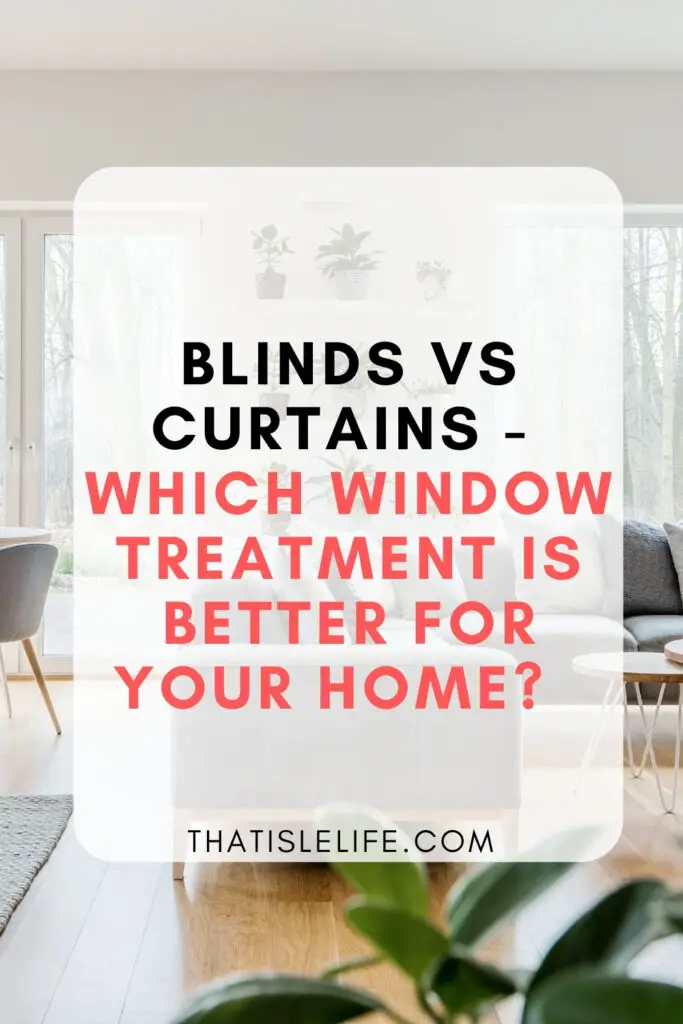
The difference between blinds, curtains, shades, and drapes
Do these terms, blinds, curtains, shades, and drapes confuse you? Well, you’re not the only one! Many people use them interchangeably, BUT there’s actually a significant difference between each term.
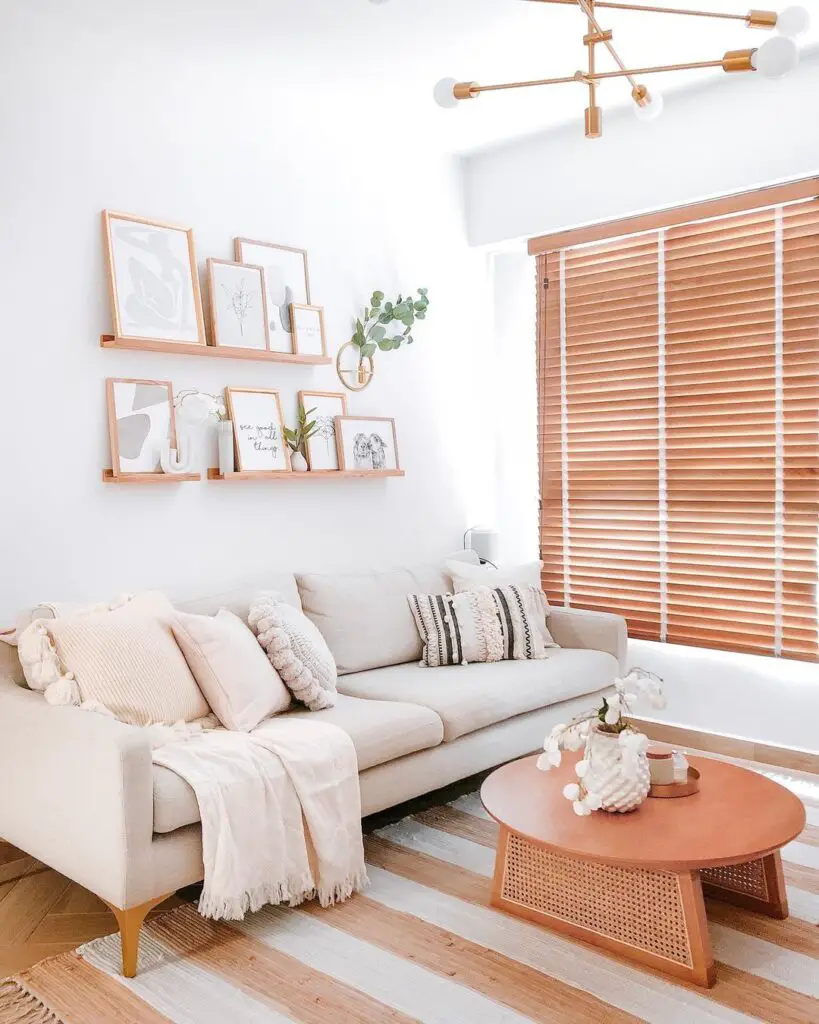
Blinds: Blinds are attached to a frame at the top. They usually come with a cord or roller (which acts as a lifting mechanism) that allows you to raise them up and down. Blinds are made of hard slats that tilt to let light in. They are normally made out of plastic, bamboo, wood, or aluminum.
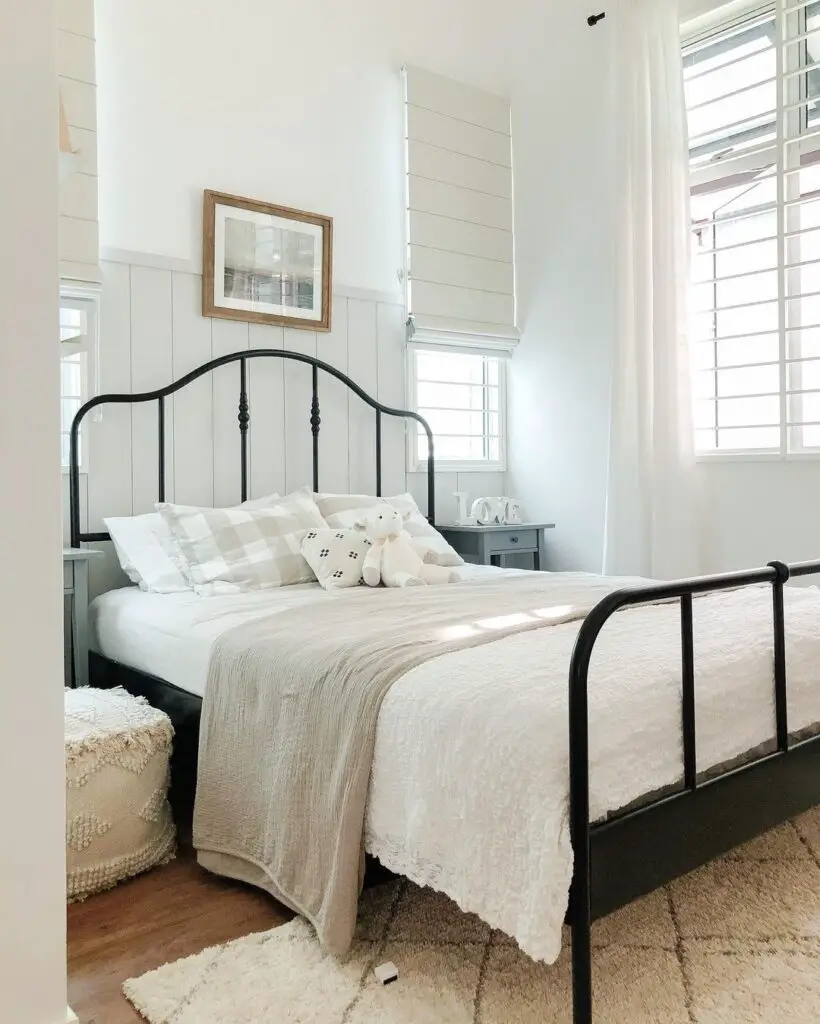
Shades: Similar to blinds, shades are attached to a rod or frame at the top with a lifting mechanism. However, shades are made out of one piece of fabric and are measured to fit within the window size. Shades come in different styles, such as roller shades that roll around the rod at the top of Roman shades that bunch into a neat stack. They can be mounted inside or outside a window frame.
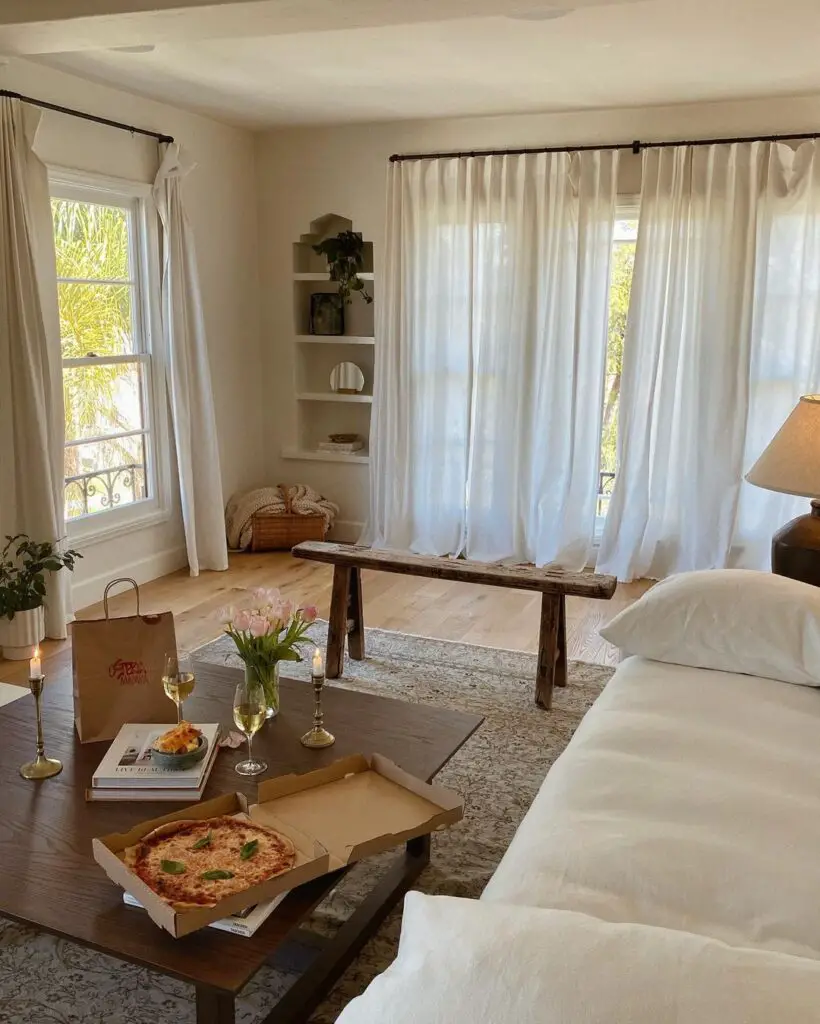
Curtains: Curtains are the floor-length fabric that hangs from a rod with either rings or hooks. Although different fabrics can be used to make curtains, they are usually lightweight and do not block light entirely from coming in. They are typically sold in pairs and come in different colors, textures, and patterns.
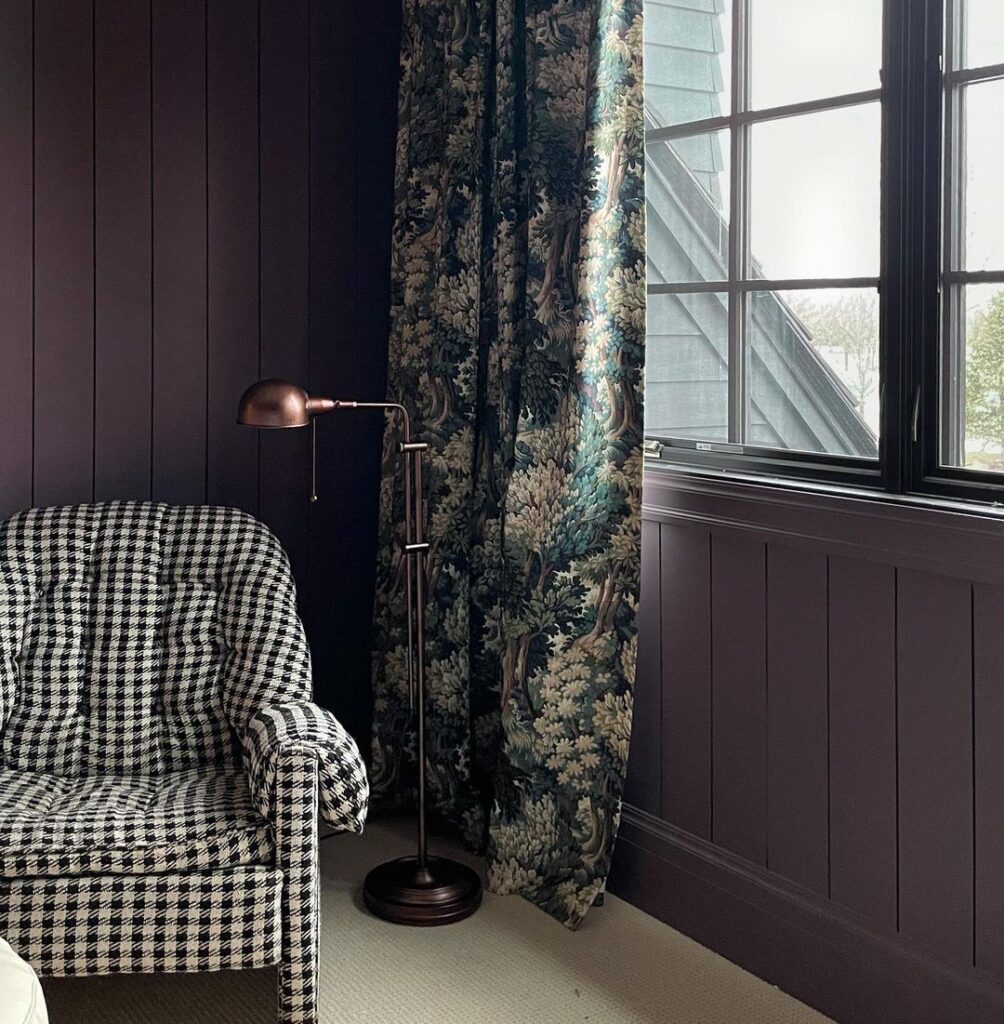
Drapes: Drapes are also the floor-length fabric that hangs from a rod. But, they are usually lined and more structured. The top of the drapes is often pleated, which makes them look more formal than curtains. Blackout fabric is often used for drapes, which blocks total sunlight from coming in.
Types of blinds and shades
There are many types of blinds and shades available. Popular blinds include vertical and Venetian blinds, whereas popular shades include roller shades and Roman shades.
The biggest difference between blinds and shades is that blinds are made of individual slats, while shades are made of one piece of fabric. Despite their differences, the term ‘blinds’ always refers to both blinds and shades. Check out this complete guide on different types of blinds.
Here are some of my picks:
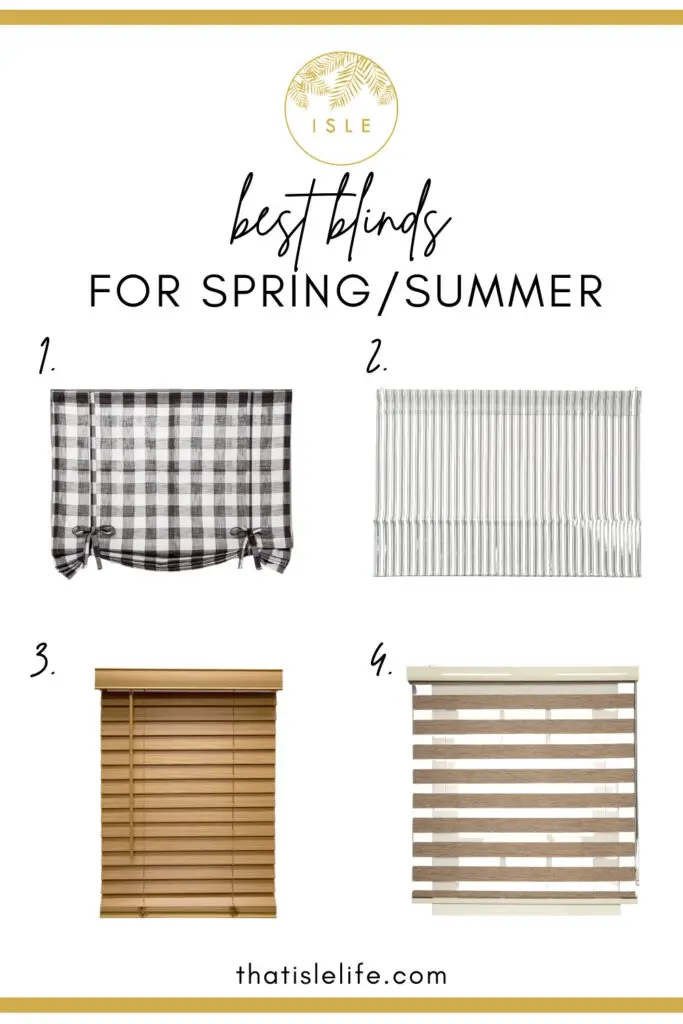
- Target Threshold Check Light Filtering Balloon Window Shade Gray
- Ikea RINGBLOMMA Roman blind in white/green /stripe
- Walmart Better Homes & Garden 2″ Faux Wood Cordless Blind, Oak
- Amazon Zebra Roller Blinds
Type of curtains and drapes
Curtains and drapes vary depending on two elements: fabric and pleats. There are many types of materials to choose from such as linen, silk, polyester, velvet, rayon, and voile.
There are also many different types of pleats: popular ones include ripple fold and goblet-style curtains. Check out this complete guide of different types of curtains.
Here are some of my picks:

- Anthropologie Joey Plaid Curtain
- World Market Linen Voile Curtains Set Of 2
- Urban Outfitters Pom Pom Curtain
- H&M Floral Multiway Curtains
Blinds vs Curtains – Style
When it comes to style, curtains are more versatile. They come in a bigger variety of materials, finishes, colors, and patterns. Because of that, they go well with different interior design styles like traditional, contemporary, and coastal.
On the other hand, blinds have fewer options to choose from as they come in only solid colors like white, brown, and black. As a result, they suit minimal interior styles like Scandinavian, mid-century modern, and industrial.
Blinds vs Curtains – Affordability
Both blinds and curtains have affordable ready-made options. But, if you’re looking for made-to-measure window treatments, curtains may be more expensive depending on the fabric chosen.
Plastic and aluminum blinds are generally cheaper than wood or bamboo blinds. As for curtains, silk and linen are more expensive than cotton and polyester.
Blinds vs Curtains – Maintenance
When it comes to cleaning blinds and curtains, each window treatment has its advantages and disadvantages.
Blinds are easier to maintain, but it is more time-consuming. They do not need to be removed from the window. However, since they accumulate dust on the slats easily, each slat needs to be cleaned manually and regularly. All you need is a microfibre cloth or a duster to clean them.
Meanwhile, curtains take less time to clean because they can be thrown into the washing machine or dry cleaned. But, removing and replacing curtains on its rod or frame can be a real hassle. This applies especially to drapes because of the heavy fabric. Plus, curtains require ironing or steaming to maintain the shape of their pleats.
Blinds vs curtains – Durability
Blinds usually last longer than curtains because of the material used. Wood, bamboo, aluminum, or plastic make them resistant to discoloration. Additionally, their rigid structure makes them less susceptible to everyday wear and tear.
It’s a lot easier for fabric curtains to experience stains, tears, and molding. Besides that, fabric curtains’ colors may fade over time due to sunlight exposure. So, it’s pretty common for households to replace curtains after 10-12 years.
Blinds vs Curtains – Light control
In terms of light coverage, blackout curtains do an amazing job blocking sunlight from entering the room. Nevertheless, they cannot control the amount of light coming in unlike blinds.
You can always rotate the slats on blinds, which allows you to control the amount of light entering the room. But, this also means that some light will still enter even when the blinds are fully closed.
Blinds vs Curtains – Sound control
Curtains win hands-down when it comes to sound control. Thick and heavyweight fabrics help to prevent noise from penetrating the room.
On the flip side, gaps in between the slats of the blinds allow sound to pass through easily. To top it off, blinds are particularly noisy during windy days because the slats that hit against the window will cause rattling or banging noises.
Summary – Pros and Cons
Still, confused between blinds vs curtains? Here’s a summary of both window treatments.
Blinds pros
- Minimal and clean design – suitable for Scandinavian, industrial, and mid-century modern themes
- More durable than curtains
- Suitable for most places at home
- Able to control the amount of light coming in
- Easier to clean and maintain
- More affordable than made to measure curtains
Blinds cons
- Cannot block light and sound out completely
- Can be noisy on windy days
- Not as many designs as curtains
- Time-consuming to clean
Curtains pros
- Many designs, textures, colors, and patterns are available
- Versatile and suitable for many interior design styles
- Able to block light and sound out entirely
- Affordable ready-made options are available
- Less time-consuming to maintain
Curtains cons
- Not as durable as blinds
- Made-to-measure curtains may be more expensive
- Not suitable for highly trafficked or wet areas like bathrooms and kitchens
- Cannot control the amount of light coming in
- Harder to clean
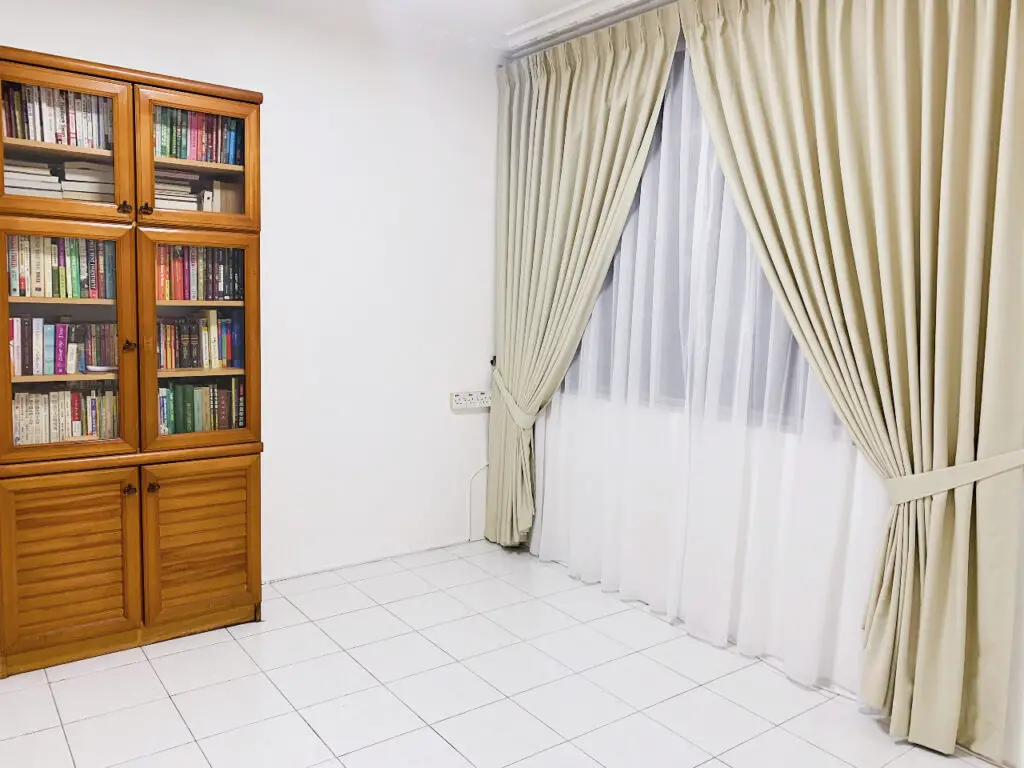
After doing my research on blinds vs curtains, I decided to go with… curtains! Or drapes to be exact. Since I’m converting my junk room to a guest bedroom, comfort is my biggest priority! So, I chose drapes because I wanted to block light and noise entirely. Furthermore, I wanted to match the drapes in our living and dining room.
When in doubt, you can also pair both window treatments for both benefits. A popular combination is pairing sheer curtains with roller shades.
I hope this post has helped you to decide between blinds vs curtains! Let me know in the comments which window treatment you chose for your home.

